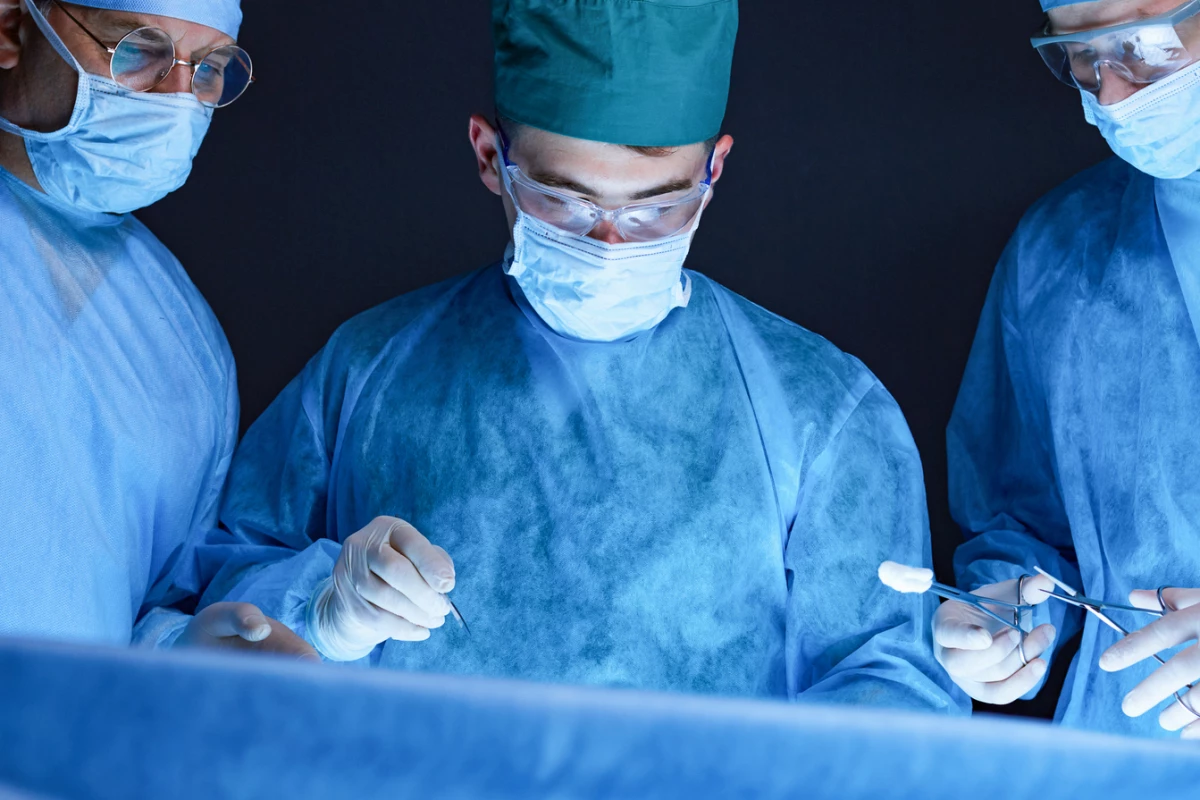A 31-year-old woman desperately needed a heart transplant to save her life, but doctors knew her body would reject the organ. So they took an unusual approach: they also replaced her healthy liver. The procedure was a groundbreaking success.
Two weeks after Adriana Rodriguez from Bellingham, Washington gave birth to her third child, she suffered a tear in her coronary artery – known in medical terms as a dissection. These dissections are thought to be brought on by stress and hormonal changes during pregnancy, and they usually heal without a major impact to the mother with the help of medication after the delivery.
In Rodriguez's case though, the tear progressed to serious heart failure that did not respond to the medication or even more aggressive treatments. She eventually wound up on a machine called an extracorporeal membrane oxygenation system (ECMO) that takes over the role of the heart and lungs in pumping and oxygenating the body's blood supply. Patients on this machine can usually only come off it after they get a transplant.
But, because Rodriguez had been pregnant, doctors determined that her body was 99% likely to reject a donor heart.
"Pregnant women are more likely to have high sensitization because when they carry a child, their body develops antibodies against antigens that come from the father," said Shin Lin, a cardiologist at the University of Washington School of Medicine (UW Medicine) Heart Institute who worked on the case. "These antibodies don't attack the fetus, but if you transplant that person, those antibodies will attack the transplanted organ – sometimes within minutes."
Immunologic twin
Lin said that Rodriguez presented the highest level of antigens to potential donors he and his team had seen, and that finding a donor heart for her would amount to finding someone who was her "immunologic twin."
Based on those odds, Lin changed tack. A study from 2021 showed that patients who received both heart and liver transplants experienced "profound immunologic protection." Even though Rodriguez had a perfectly healthy liver, Lin decided that replacing it might be her best chance of getting and keeping a donor heart – in short, saving her life.
The domino effect
Known as a heart-after-liver-transplant, or HALT, the procedure had not been tried on someone who didn't need both organs. Lin proposed the procedure to his colleagues, adding another letter to the acronym – "D" for "domino." That's because he suggested transplanting Rodriguez's healthy liver into another patient who needed it. The procedure raised some eyebrows on Lin's team.
"There was concern that this was an unproven treatment in a complex patient," said Jay Pal, a cardiothoracic surgeon who worked on the case. "But there were no other ideas or techniques that would allow this young mother to be free from ECMO and leave the hospital. Dr. Lin’s unyielding belief that HALT-D would be successful convinced us."
After a 17-hour successful surgical sequence in which Rodgriguez received a new heart and liver, and had her own liver removed and implanted in another patient, the doctors waited to see what the results would be.
Breathing easier
"We looked at (Rodriguez’s) antibodies almost every day," said Lin. "It was not until 65 days after transplant that her antibodies against these donor organs disappeared altogether. That’s when I felt like I could finally breathe easier. That meant it was an unqualified success."
Oddly enough, the doctors aren't exactly sure why the procedure worked or why it has worked in the past, but one member of the team says that unraveling the mystery can be the key to future treatments.
"I think we don't fully understand the science of transplant immunology," said Daniel Fishbein, a heart failure specialist on Rodriguez’s team. "We can learn a lot from patients like this. We need to understand the magic so we can hopefully, someday, repeat it with medications instead of an organ."
The procedure has been described in a paper published in The Journal of Heart and Lung Transplantation.
Source: UW Medicine





